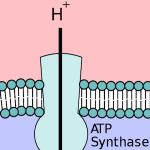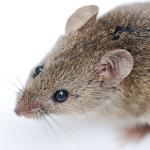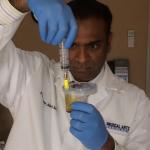Energy efficiency is the ability of a machine to put precious energy to good use. The most intuitive example is fuel efficiency, which is usually measured in miles per gallon (mpg).
Biomedicine & Biotech
In an effort to take a bite out of the healthcare market and distinguish itself further from online retail giant Amazon, whose recent partnership with Berkshire Hathaway and JPMorgan Chase & Co threatens to dominate the space, the United Parce
What could sound more revolutionary than a “cancer moonshot?” Or, the recent “groundbreaking” message heard around the world of a company claiming a
Reprinted by permission of McGill University Office for Science and Society.
###
By Nala Rogers
(Inside Science) -- Perhaps it's not coincidence that Valentine's Day falls at a chilly time of year. In biological terms, social drives like love may be bound up with the need to keep warm.
Ah, the mighty platelet. Once a neglected blood component, today it is the basis of an entirely new medical “specialty,” regenerative medicine, although market might be a better word choice.
In poor parts of the world, people may rely on a single staple crop to meet a substantial proportion of their energy requirements. For example, those who live in southeast Asia rely heavily on rice.
By Mark Miller, University of Virginia












